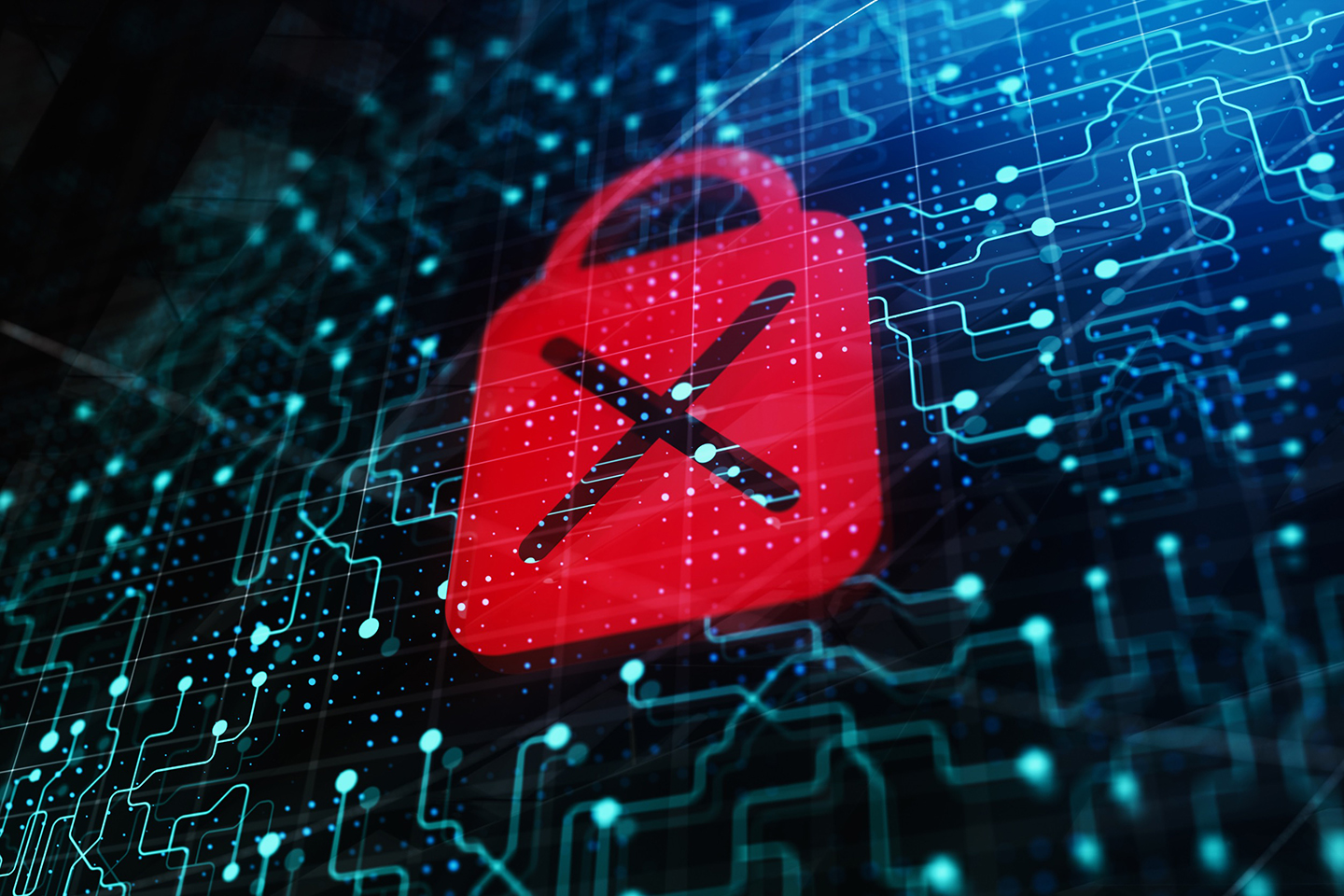The Internet is a sphere in which we function every day. Since it’s an environment in which we buy stuff, work, and entertain ourselves, we leave data there and make ourselves vulnerable to plenty of internet-connected cybersecurity risks.
COVID-19 turned the year 2020 into a milestone when it comes to digital transformation. One of its main areas is e-commerce. In 2021, it’s expected that over 2.14 billion people worldwide will buy goods and services online, which is quite an increase from 1.66 billion global digital buyers in 2016. In addition, many companies have moved their business entirely online. Bu doing this, they have exposed themselves to various cyber risks. So what cybersecurity risks are associated with this trend?
1. You Neglect Third-Party Cybersecurity Risks
A supply chain attack is when your partners or suppliers attack your system from the outside. With the development of e-commerce, it’s easy to trust internet suppliers. As their access to your data is further enabled, there is a greater risk that a third party can infect your system with malware.
The first tip to protecting your business from a supply chain attack is, of course, only to partner with suppliers you trust. The second is to monitor their access to information to avoid a data breach. However, to be sure that your network is not endangered, you can reach out to a managed SIEM service that monitors the company’s network and any outside party’s activity.
2. Unsecured User Device
In 2020 plenty of companies have moved their businesses online and more people are working remotely, often using their personal phones and laptops as work devices in their home offices. These devices are not typically patched and managed by the IT department, creating additional risks of significant data breaches.
Moreover, as employee devices used at home are interconnected with company databases, hackers have easier access to sensitive company data. We all rely on digital data to an enormous extent, but it’s crucial to secure each device through which company databases can be accessed.
3. Machine Learning Problems
Machine learning and the promises that artificial intelligence brings are commonly used among companies to automate their business. However, as it becomes more common, it poses a new territory for hackers.
Hackers can manipulate models, potentially create systems that take in corrupted files, and manipulate solutions to their reasoning. This influences the integrity of any file processed through applications that use machine learning.
Even though it’s just a prediction for 2021 based on machine learning’s increasing popularity, we manage AI risk very carefully and control the data it stores.
4. You Think VPN is Enough
Hiding your browsing activity is one of the methods to secure your data on the Internet. We regularly expose our data by activity in social media and through cookies. VPNs are a great way to protect your Internet traffic and privacy from government surveillance and hackers’ attacks. However, you can’t rely on them entirely as your security channel. Using them brings about other cyber threats.
Check your VPN provider thoroughly. The untrustworthy provider who logs your browsing activity instead of your IPS can expose you to plenty of risks, and you no longer have control over your privacy. Additionally, it can cause a data leak if the connections are not well configured. Hence, if you decide to secure yourself with a VPN, be sure that your provider doesn’t have a shady privacy policy.
5. You Rely on the Cloud
If you store sensitive data in the cloud, your cybersecurity carries great risk. In recent years, cloud services have become extremely popular, especially in remote work. They’re usually used to share information among employees and store company data. Their popularity is so vast that 83% of enterprise workloads will move to the cloud by 2020. Using the cloud itself is quite secure, but only if the system’s cybersecurity features are implemented and monitored. Data encryption is crucial if you don’t want to be the victim of a data breach.
Cybersecurity Risks - Conclusion
Cyberattacks are nothing new, but 2020s increase in activity in the cybersphere is unprecedented. Without a doubt, 2021 will continue to move vast parts of our lives online, and the latest digital reality means new cyber threats. With the development of new technologies commonly used by businesses, hackers have also become smarter and more

